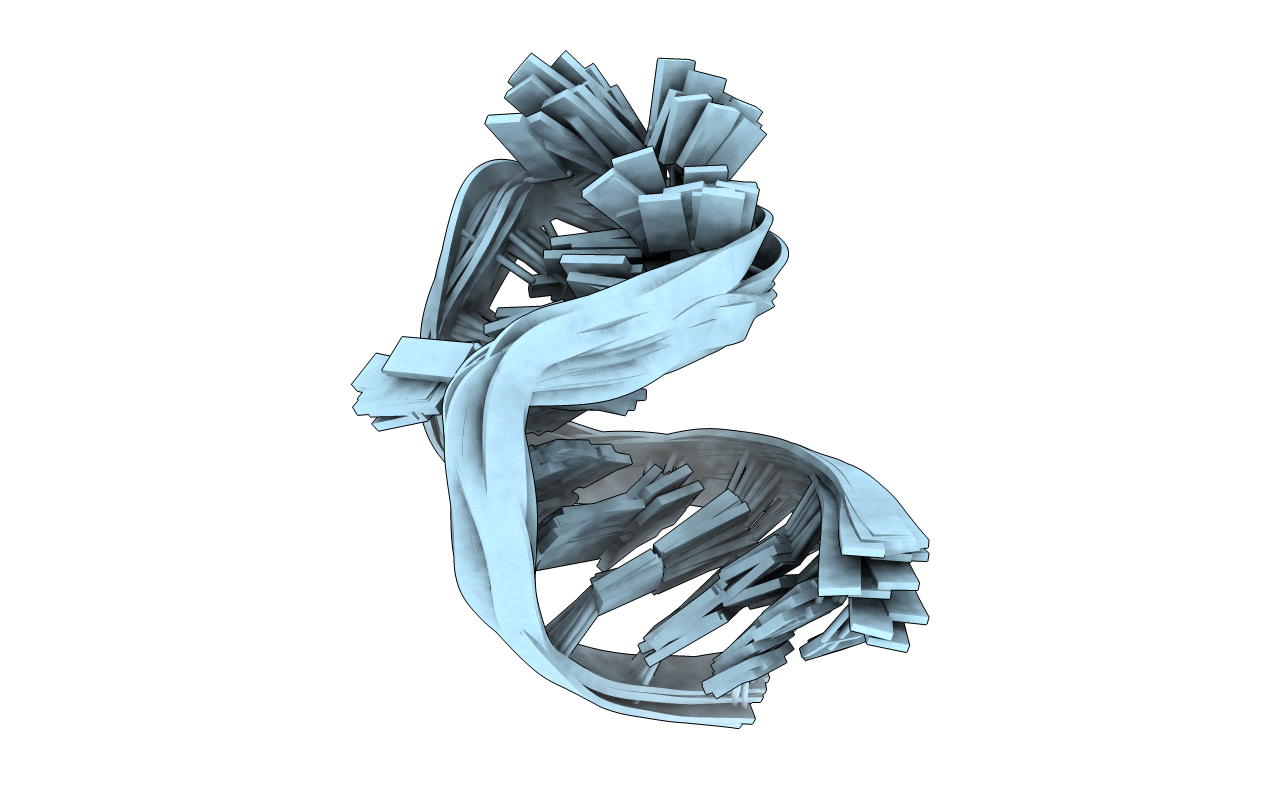
Deposition Date
1996-05-24
Release Date
1997-04-21
Last Version Date
2024-05-22
Entry Detail
PDB ID:
1SLP
Keywords:
Title:
FIRST STEM LOOP OF THE SL1 RNA FROM CAENORHABDITIS ELEGANS, NMR, 16 STRUCTURES
Biological Source:
Source Organism:
Caenorhabditis elegans (Taxon ID: 6239)
Host Organism:
Method Details:
Experimental Method:
Conformers Submitted:
16


